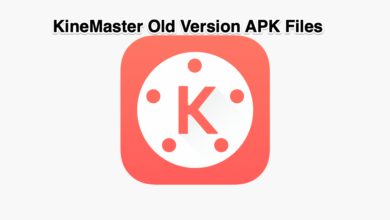Mastering the Art of Staffing and Recruiting: Strategies for Success

In the ever-evolving landscape of business, the success of any organization hinges on its ability to attract and retain top talent. Staffing and recruiting play a pivotal role in this process, serving as the linchpin for building high-performing teams. In this article, we delve into the intricacies of staffing and recruiting, exploring key strategies to navigate the competitive job market and secure the right talent for organizational success.
Contents
Understanding the Dynamics of Staffing:
Staffing is more than just filling positions; it’s about strategically aligning human resources with the organizational goals. This Will Source Staffing involves assessing current workforce capabilities, forecasting future needs, and developing plans to bridge any gaps. A comprehensive understanding of staffing dynamics forms the foundation for effective recruitment strategies.
The Recruitment Spectrum:
Recruitment is a multifaceted process that encompasses various stages. From identifying staffing needs to onboarding new hires, each phase requires careful consideration. Breaking down the recruitment spectrum into manageable steps ensures a systematic and efficient approach.
Recruitment Strategies:
Crafting an Engaging Job Description:
The journey begins with a compelling job description. Clearly outlining the responsibilities, qualifications, and company culture not only attracts suitable candidates but also sets the tone for the entire recruitment process. Use language that reflects the organization’s values and encourages diverse applicants.
Embracing Digital Recruitment Tools:
In the digital age, technology is a recruiter’s ally. Applicant Tracking Systems (ATS), artificial intelligence, and data analytics streamline the recruitment process, allowing recruiters to focus on building relationships and assessing candidates. Leveraging these tools can significantly reduce time-to-fill and enhance the overall candidate experience.
Cultivating a Talent Pipeline:
Proactive recruitment involves creating and maintaining a talent pipeline. Establishing relationships with potential candidates, even before a position becomes available, ensures a readily available pool of qualified talent. Networking events, industry conferences, and social media platforms are effective tools for talent pipeline cultivation.
Staffing Strategies:
Balancing Permanent and Temporary Staffing:
Organizations often need a mix of permanent and temporary staff to navigate varying workloads and projects. Striking the right balance ensures flexibility and agility in workforce management. Temporary staffing can be a strategic solution for short-term projects or seasonal demands.
Building a Diverse Workforce:
Diversity is not just a buzzword; it’s a cornerstone of successful organizations. Implementing diversity and inclusion initiatives broadens the talent pool and brings a wealth of perspectives to the workplace. A diverse workforce fosters creativity, innovation, and a more inclusive corporate culture.
Measuring Success:
Key Performance Indicators (KPIs):
To evaluate the effectiveness of staffing and recruiting efforts, organizations need to establish relevant KPIs. Metrics such as time-to-fill, cost-per-hire, and retention rates provide valuable insights into the efficiency and success of the recruitment process. Regularly monitoring these KPIs allows for timely adjustments and improvements.
Candidate Experience and Employer Branding:
The candidate experience is a crucial aspect often overlooked. A positive candidate experience not only attracts top talent but also contributes to a strong employer brand. Candidates who feel valued, respected, and engaged during the recruitment process are more likely to become loyal employees and advocates for the organization.
Continuous Improvement:
Adapting to Industry Trends:
The staffing and recruiting landscape is dynamic, influenced by industry trends, technological advancements, and changing workforce expectations. Staying informed about these shifts allows organizations to adapt their strategies, ensuring they remain relevant and competitive in the talent market.
Conclusion:
Mastering the art of staffing and recruiting requires a strategic and holistic approach. From understanding the dynamics of staffing to implementing effective recruitment and staffing strategies, organizations must navigate the complexities of the modern workforce. By embracing digital tools, cultivating a talent pipeline, fostering diversity, and continuously measuring and improving recruitment processes, businesses can build resilient and high-performing teams that drive success in the ever-evolving marketplace.




